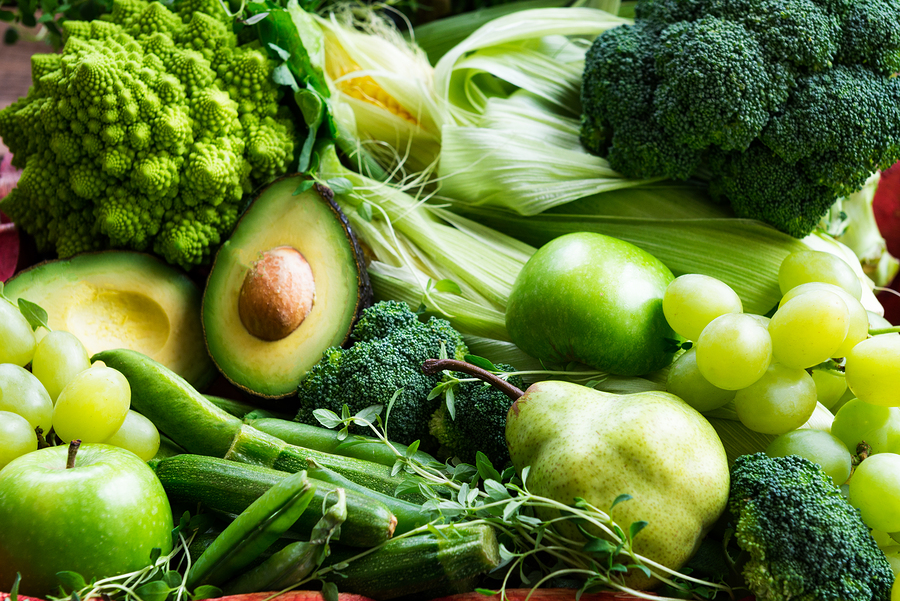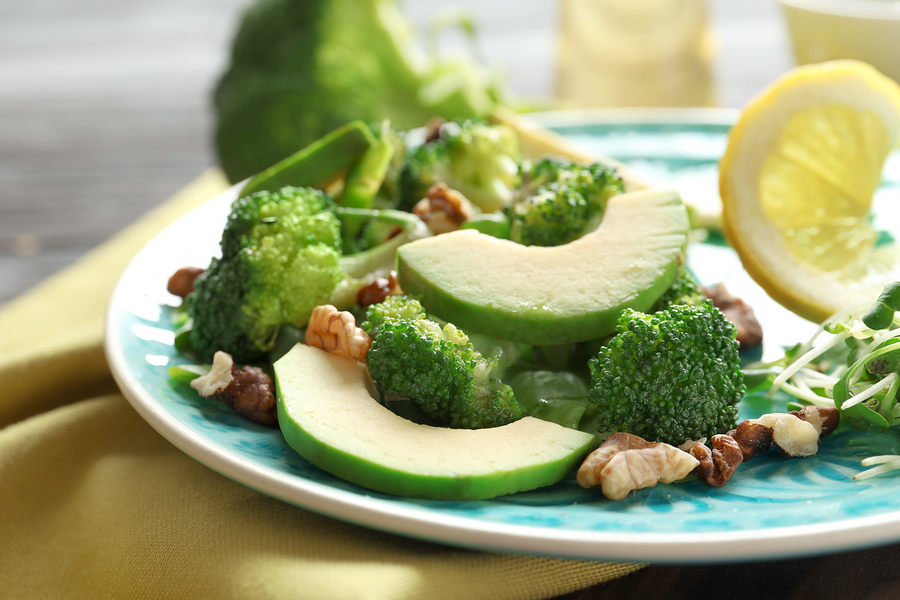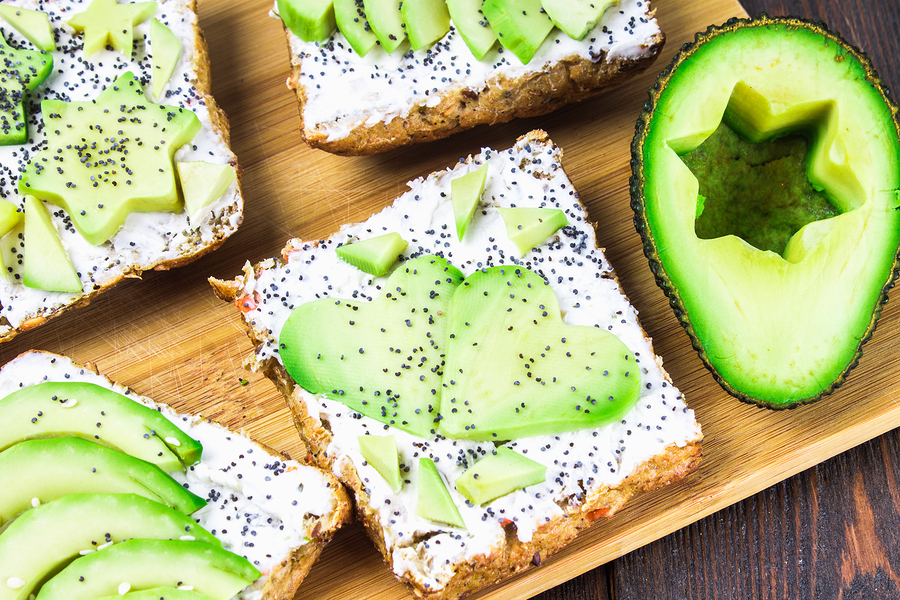- Make It Yourself Lavender Heart-Shaped Bath Bombs!
- 20 Things You Never Knew About “Down There”
- 12 Best Foods For Those Suffering From Arthritis Pain
- 12 Personal Hygiene Mistakes Almost Everyone Makes (Mom Never Told You About #4!)
- 15 Medicinal Plants And Herbs From The Cherokee People
- 12 Mind-Blowing Benefits Of Drinking Coconut Water During Pregnancy
- 12 Outstanding Winter Foods That Won’t Fatten You Up Like A Christmas Turkey
Top 5 Reasons To Munch More Green Vegetables (Not Only The Leafy Greens We Mean!)
Apparently, the color green is in fashion these days, and not just as a color for your clothes! By all means, green vegetables and fruits are as good for your health as all the others, but they do have their own peculiar benefits hinted by their color. What’s so special about going into this option? What are some reasons for you to shift yours selections for your fruits, side dishes, and salads into this particular color? Why should you eat more of the green vegetables? We’ll answer just that.
1. They serve as the best sources of dietary fiber
All plants contain dietary fiber, but according to the fiber data derived from the USDA National Nutrient Database for Standard Reference Release 17, dark green vegetables give one of the highest amounts of it with 6.4g per 0.5 cup serving.
Dietary fiber acts by changing how other chemicals and nutrients are absorbed on your body. Its effects include, but are not limited to, the following functions:
- To attract more water to the digestion process and provide satiety, which helps to reduce appetite
- To control energy intake and reduce the risk for becoming overweight, which aids in maintaining your weigh
- To add more bulk to the stool, which helps with constipation problems
- To regulate absorption of glucose which reduces the risk of diabetes
- To decrease cholesterol, which lowers the risk of heart diseases;
- To slow down the emptying of the stomach, which again helps with weight balance.
Plants with high fiber concentrations come out to be simply the most practical sources. Green fruits, in particular, work as the best suppliers. Figs, avocados, apples (with the skin!), pears, grapes, and kiwis should come first. Among the green vegetables it is worth to include, broccoli and cauliflower, peas and beans, artichokes, zucchini, celery, and nopal.
Continue to Page 2
2. Prevent vision problems
According to UNICEF, the deficiency of vitamin A is “the leading cause of preventable childhood blindness.” This deficiency also raises the death risk from common childhood conditions such as diarrhea. UNICEF believes that addressing this deficiency is critical to reducing child mortality.
Due to the unique function of vitamin A and its influence on our eyes, one of the first signs of this type of deficiency is worsening vision, especially in reduced light (the so-called night blindness). People in glasses do look smart, but at what costs? You can try to improve your diet with the following green foods to improve your vision. Broccoli leaf gives 89% of the daily required intake, kale gives 76%, collard greens have 64%, dandelion greens contain 56%, spinach has 52%, and peas, broccoli florets, green bell peppers give just under 10% each.
You should mind two factors though. The first is that vitamin A is a fat-soluble vitamin, which means in the case of low-fat diets it gets absorbed times less. It means that if you accompany your kale salad with a piece of delicious chicken breast, you’ll get the most of the vitamin A from kale. And the second factor is zinc, which also has great influences on the proper absorption of vitamin A. Read All About Zinc here.
Continue to Page 3
3. Make you strong
Usually, when we speak about iron-rich foods, we think of the red meat and poultry. The good news is that a number of vegetables contain iron too. Beans, pistachios, and leafy vegetables — with the spinach standing out– are the best sources of iron among vegetables. If you feel unexplained weakness, fatigue, and lack of energy, it may be one of the signs of an iron deficiency. Try to replenish your meals and snacks with the green stuff and you’ll notice how quickly your optimism and happiness are coming to you!
Green vegetables help to increase the levels of hemoglobin. Iron is the mineral that ensures proper production of hemoglobin, the molecule in your blood which carries oxygen. Oxygen is vital for maintaining the sound health of your skin cells, nails and hair. No wonder that another area that’s associated with lack of iron is hair loss. You may want to look at this infographic which presents 15 foods that are super rich in iron.
Continue to Page 4
4. Aid in a healthy heart and strong bones
The health of your heart and bones is strongly dependent on the vitamin K, whereas the green vegetables are the supplying kings! According to numerous published studies, osteoporosis and coronary heart disease are seriously linked to the decreased levels of vitamin K.
The average adult diet is not usually deficient in vitamin K. However, there are segments of the population who are at the highest risk including those with liver and bowel diseases, or those after abdominal surgeries.
Vitamin K deficiency is frequently observed in newborns which appears in the form of severe bleeding. That is why the Committee on Nutrition of the American Academy of Pediatrics has advised to give vitamin K injections to babies soon after their birth.
Of all the foods, green vegetables appear in the first rows as containing the highest amounts of the vitamin. Kale, spinach, collards, swiss chard, spinach, mustard greens, broccoli, brussels, cabbage, asparagus, endive, cucumber, and lettuce are all abundant in vitamin K. No wonder that green vegetables are normally thought of as vitamin K rich foods. If your daily diet includes any of the aforementioned veggies, then you make a great effort into prevention of bones, teeth, and heart diseases.
Continue to Page 5
5. Slow down the aging process
It’s vitamin E that we’re talking about here! It is a great antioxidant which fights free radicals protecting all of your cells from oxidative damage. It is vital for vision, reproduction, health of your blood, brain, and skin. Research on vitamin E use has shown its benefits in the fight again Alzheimer’s, liver disease, and even prostate cancer. It is viewed as one of the best vitamins to support the immune system.
Though the highest amounts of vitamin A is observed mostly in oils, a number of green fruits and vegetables appear in the top list as well. In order to ensure a graceful aging process, do not cancel out avocado, asparagus, kiwi, broccoli, just to mention just a few from your diet. Moreover, avocado is a great natural moisturizer for the skin. Try to use it as one of the ingredients for the DIY homemade facemask, and read why you simply cannot afford not to eat avocados!
READ ALSO: Super Healthy Green Juice Recipes For You To Try Infographic
Green vegetables come across as quite unassuming, but they are the major (not saying the only!) sources of Vitamin K and dietary fiber. They are rich in a number of minerals, like iron, magnesium, potassium, and even calcium, as well as vitamins A, E, and C, and others. They help to keep your weight under control, improve your vision and neuro-system, support heart and liver health, keep your teeth and bones strong, fight cancer, slow the aging processes, keep you looking young and flamboyant…. Is there anything else you can expect from food?
References:





































